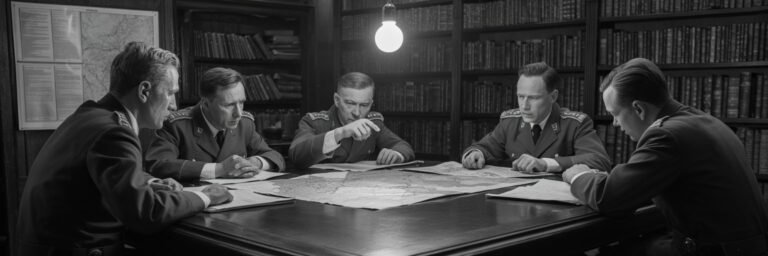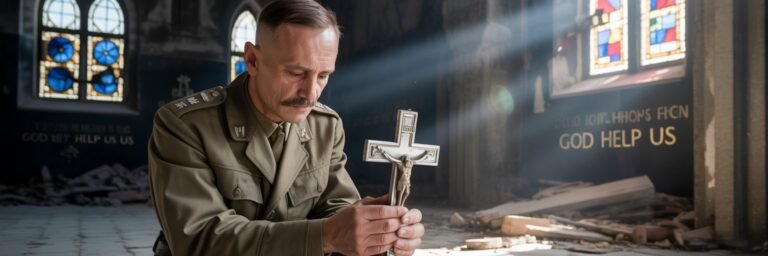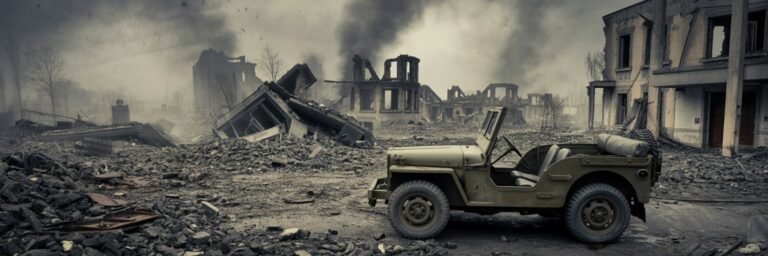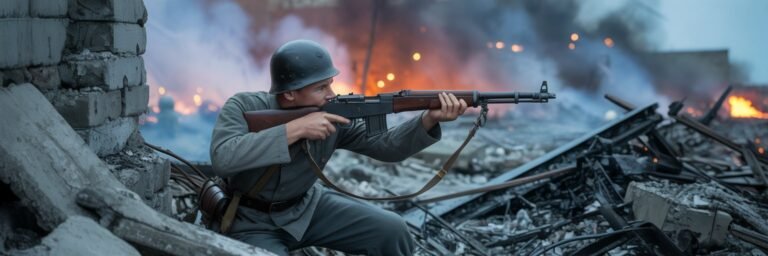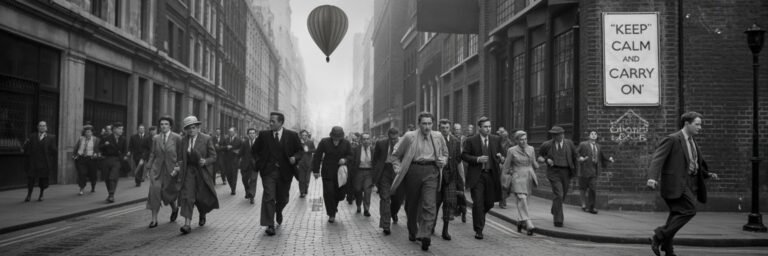The ripples of World War II animate modern history like an errant stone cast into a tranquil pond. A confluence of ideologies, nations, weapons, and heroes, the war irreversibly changed the world— socially, politically, economically, and culturally. It was the world’s most destructive conflict, seeing more than 60 million lives lost. It was a war that vaulted technology forward at an astounding pace and regime that polarized the world into geopolitical blocs that still profoundly affect us today. In this article, we delve deep into understanding how World War II shaped the world we live in today.
HISTORICAL BACKGROUND
World War II was a truly global conflict, involving 30 nations and lasting from 1939 to 1945. It was marked by the Axis Powers’ encroachment—Germany, Italy, and Japan—and their subsequent combative opposition by the Allied Powers—led by Great Britain, the Soviet Union, China, and the United States. The war began on September 1st, 1939, with Germany’s shocking invasion of Poland—a violation of international law that cost millions of Polish citizens their lives.
Monroe Lee Billington and Roger D. Launius, in their vastly researched work “America on the Eve of World War II,” posit that the conflict was a pendulum swinging towards retaliation against the harsh terms of the 1919 Treaty of Versailles that had concluded World War I. Dissatisfaction with the treaty combined with the economic stresses of the Great Depression and an aggressive surge in nationalism to ignite the war’s fires.
THEORIES AND INTERPRETATIONS
Mainstream perspectives suggest that World War II resulted from Hitler’s unquenchable thirst for German domination, militarism in Japan, and dissatisfaction from the Treaty of Versailles. However, several alternative interpretations explore other facets of the story.
Renowned historian A.J.P. Taylor, in his controversial book “The Origins of the Second World War,” argues that the war was not instigated by any malicious plan but by unfortunate diplomatic blunders. Another perspective, represented by historian Robert Calvocoressi in “World Politics Since 1945,” underscores the role of economic factors, especially the devastating effects of the Great Depression. By linking widespread despair and frustration to the rise of extremist ideologies, he epitomizes a more nuanced interpretation of the war’s origins.
MYSTERIES AND CONTROVERSIES
Despite extensive research, World War II continues to host mysteries and controversies. One of the most discussed involves Operation Northwoods, a proposed plan by the U.S Department of Defense to orchestrate acts of terrorism on American soil to justify war with Cuba. While the plan was never executed, the fact that it reached proposal stages raises disturbing questions about the ethics of warfare.
Another controversial topic arises with the use of atomic bombs on Hiroshima and Nagasaki when some historians argue that Japan may have been on the verge of surrender already. This debate revolves around the necessity and morality of introducing nuclear warfare.
SYMBOLISM AND CULTURAL SIGNIFICANCE
World War II left indelible marks on global culture and consciousness. Auschwitz and Hiroshima have become symbols of human atrocity, reminding humanity of the potential for catastrophic destruction.
The war was also a catalyst for cultural change. African Americans’ participation built momentum for the Civil Rights Movement, while women taking on traditionally male roles catalyzed the feminist movement. Filmmakers too found fodder in its epic grandeur, finding stories of heroism and despair that continue to captivate audiences.
MODERN INVESTIGATIONS
New research and analysis continue to shine new lights on World War II. “The Boys’ Crusade” by Paul Fussell discusses the psychological trauma and moral ambiguity experienced by U.S foot soldiers – a topic often glossed over. Recently declassified British intelligence files have shown that Germany had won battles not purely with military might but with espionage and information warfare.
Posthumous investigations have also scrutinized the “heroes” of the era. Some reevaluations, such as those of “Churchill: Walking with Destiny” by Andrew Roberts, reveal the flawed and contradictory nature of leaders once heralded as icons.
LEGACY AND CONCLUSION
World War II’s legacy is unequivocally monumental. It gave birth to the United Nations—an international body aimed at preventing such a catastrophe from recurring. It set the foundation for the Cold War, re-drawing the map of global alliances, and indirectly decolonization in Asia and Africa, liberating billions from colonial rule.
Through harrowing and haunting, World War II also bequeathed resilient hope. Acts of kindness and solidarity, like those captured in tales from the Warsaw Ghetto or Oskar Schindler’s List, prove that humanity can manifest even amidst darkness.
In conclusion, World War II was more than a historical event; it was a global transformation that created the world we know today. Its complexities and contradictions continue to intrigue and teach us, proving that history is never just about the past—it is about understanding today and deriving lessons for tomorrow.

